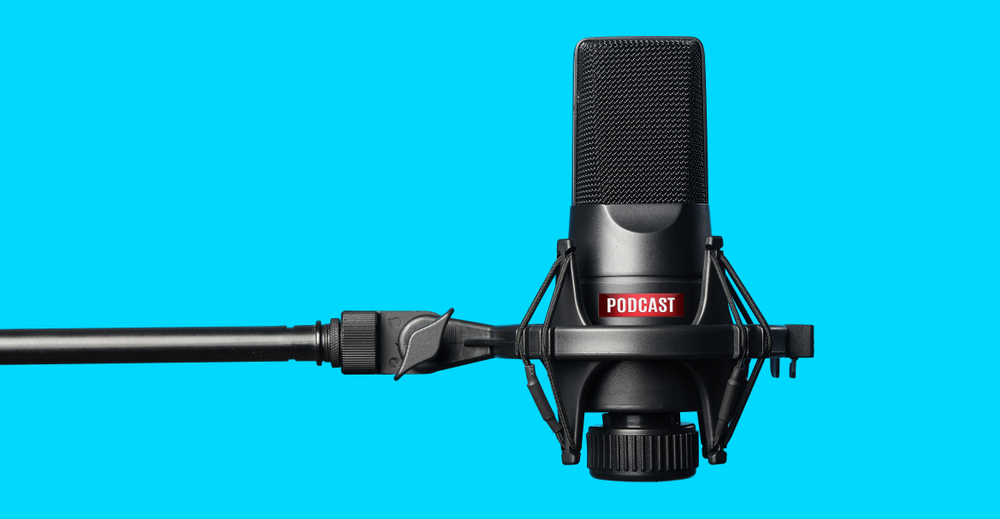The Science of Podcasts
So you’ve listened to a few podcasts on the daily commute (well, at least back when we all used to commute!) and thought we could do that in Life Sciences! Then you pause and think about the amount of work involved… How many episodes would we do? Who would be good on the show? How would we interview our guys across the pond?
Whilst it may appear daunting at first, compounded by the difficulties encountered by social distancing, here is a step by step guide to how to run your podcast.
Objectives
There are generally a few different reasons why people go to the trouble of creating a podcast
- Generate leads?
- Develop thought leadership?
- Enhance brand awareness?
- Or is it just for fun?
What is the objective of your podcast? Setting clear objectives will help as you develop your tone and style along the way.
The Hardware
Invest in specialist sound equipment. Great content can be ruined by poor audio, make sure that your host has a proper podcasting microphone such as the Blue Yeti, or better yet a Zoom H6 recorder (not to be confused with Zoom software!) which allows multiple channels to be recorded simultaneously. This makes editing and postproduction much easier and gives you a better finished product!

The Software
As you will not always be in the same location as your guests, use specialist software to record separate audio tracks remotely – This will ensure that you have high-quality, high-fidelity audio.
Once you have the recording, download some audio software like Audacity to put the finishing touches on the audio quality.
Host
Your host is the foundation of your podcast, they must be knowledgeable, eloquent and able to capture the audience’s attention using only their voice. Remember that classic sales motto, 67% of communication on the phone is non-verbal, i.e. it’s not what you say, it’s how you say it. That leaves 33% for the content of your speech, which leads us on to the next point…
The Guests
Build up a guest list of people who you would like to feature. It helps if you have an example or pilot episode to show them as most people will likely be a little reticent to try something completely new. The more guidance you can give to make your guests feel relaxed, the better the end-product.
Structure
It’s always important to provide a structure to the podcast without being too rigid and prescriptive. Sending out questions beforehand allows the participants to roughly prepare their key points whilst maintaining a conversational tone.
It’s important to strike the correct balance between structure and flow. Too structured and it will come off robotic. However, with no planning or forethought, it will appear waffly – Too far in either direction and you will struggle to entice the listener back for the next episode.
Ideally, listeners really engage with stories and anecdotes, it is the hosts responsibility to ensure that the pace, cadence and rhythm of the podcast flows seamlessly.
Editing and post-production
This is where the magic really happens. We’ve touched on the software and hardware which allow you to record each speaker to their own audio track. You can also record and tweak your intros according to the main body of content and discussion.
Discussion
It is now the host’s job to steer the discussion in the most engaging way possible for the listener. Remember to be concise and encourage debate and dialogue on each point. It’s not just a Q&A: No-one wants to listen to ten 5-minute monosyllabic responses to the host’s questions!
Dress Rehearsal
Naturally, the first recording is always the most nerve racking – You’ve never done this before… What if the audio doesn’t work? What if I mess up? What if it’s boring? What if I’m boring? These are all the questions running through your head and can paralyse you with fear… Where possible, schedule a dry run in a low-pressure environment where you record yourself and perform a constructive self-critique of areas for improvement.
Distribution
Now comes the fun part which we are all familiar with – How many downloads are we going to get?!
We’d recommend using a third party podcast distribution service. This is not to be confused with a podcast player. The distribution services basically provide RSS feeds of your podcasts so that the players such as Spotify and Apple Podcasts can find them. Acast, Podbean anchor.fm are all good starting places to establish your podcast’s brand before getting into some of the bigger players.
Have a question about Podcasts? Check out the Marketing Science Podcast where we discuss Marketing Life Sciences and Clinical Diagnostics.

About the Author
Frank Barker is the Head of Marketing at AZoNetwork and has over 8 years’ experience reaching specific niche audiences and advising on streamlining digital process and automation. He also runs the Marketing Science Podcast.
The One Nucleus blog is written by individuals and is not necessarily a reflection of the views held by One Nucleus. Please email [email protected] for more information on 'guest blogging'.

